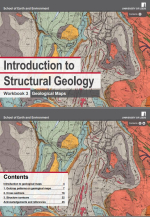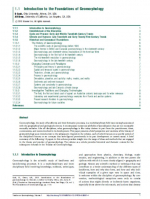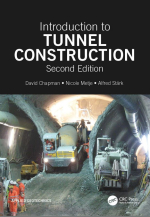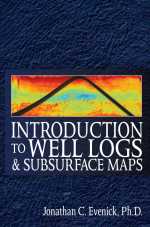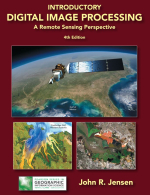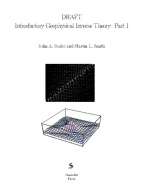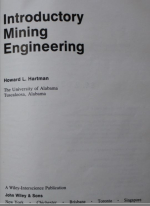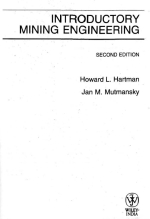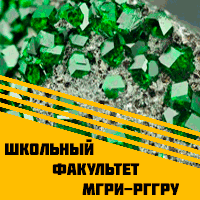Добрый день, Коллеги. Важное сообщение, просьба принять участие. Музей Ферсмана ищет помощь для реставрационных работ в помещении. Подробности по ссылке
- « первая
- ‹ предыдущая
- …
- 181
- 182
- 183
- 184
- 185
- 186
- 187
- 188
- 189
- …
- следующая ›
- последняя »
- « первая
- ‹ предыдущая
- …
- 181
- 182
- 183
- 184
- 185
- 186
- 187
- 188
- 189
- …
- следующая ›
- последняя »



